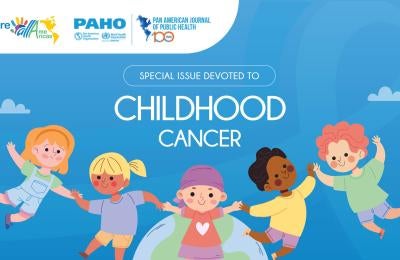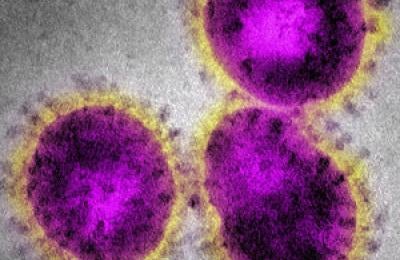Gaps in primary mental health care in Chocó, Colombia: barriers and challenges
Objective
Describe barriers and challenges in the implementation of the global Mental Health Gap Action Program (mhGAP), and determine the association between facilitators of implementation, accessibility, acceptability, and supervision, in Chocó, Colombia.














